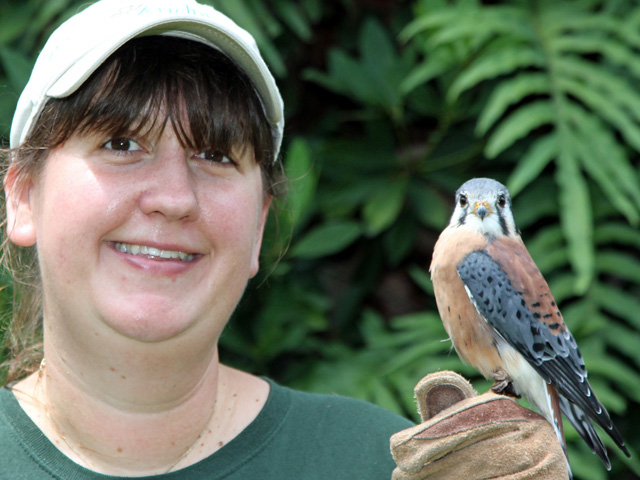2012 Birding Highlights
I added 19 birds to my life list in 2012. All but two came here in Florida; I saw a cagey Hooded Warbler in Tennessee in October, and then there was a flycatcher on the wrong side of town in Illinois (see below). Besides adding to my life list, I had some great birding experiences over the last twelve months, most of them in my new home state. Here are some of my favorite birding moments of 2012.
The first lifer of the year came on the first day of the year. Arthur and I took a New Year’s dip in the ocean at Port Orange, then settled down for some birding. Northern Gannets were not unexpected; this was a bird we whiffed on multiple times in the Netherlands but hadn’t really sought out in Florida until that day. We were rewarded with mediocre looks which have since been much improved upon.
On March 23rd we twitched a pair of Whooping Cranes in neighboring Lake County. Though these reintroduced birds are not technically “countable,” we enjoyed seeing our first truly wild Whooping Cranes just a short drive from our home.

Whooping Crane in Lake County, 23 March 2012
I had a fabulous time following a Barred Owl family at Gemini Springs throughout much of April and May.

Barred Owl pair at Gemini Springs, 27 May 2012
In May Arthur and I had the opportunity to help out a family of Cooper’s Hawks. We rescued the fallen chicks after their nest fell apart, and later assisted tree climber extraordinaire Jim as he constructed a new nest platform and reunited the babies to their attentive parents.

Cooper’s Hawk babies a few days after nest replacement, 26 May 2012
In September Arthur and I enjoyed an educational field trip to learn about Red-cockaded Woodpeckers. We got our lifer birds and also learned a great deal about the work being done to save them from extinction.

Red-cockaded Woodpecker cavity maintenance, 28 September 2012
I saw my lifer Scissor-tailed Flycatcher in Illinois in October, then added it to my Florida list a couple of weeks later. Both gave pretty good looks but I couldn’t add either to my county lists of choice.
The last lifer of the year came a ten days ago when a Razorbill swam into the inlet at Lighthouse Point. They seem to have been hit-or-miss at the park in the last few days; I hope this will be one of my first birds of 2013. 















































































